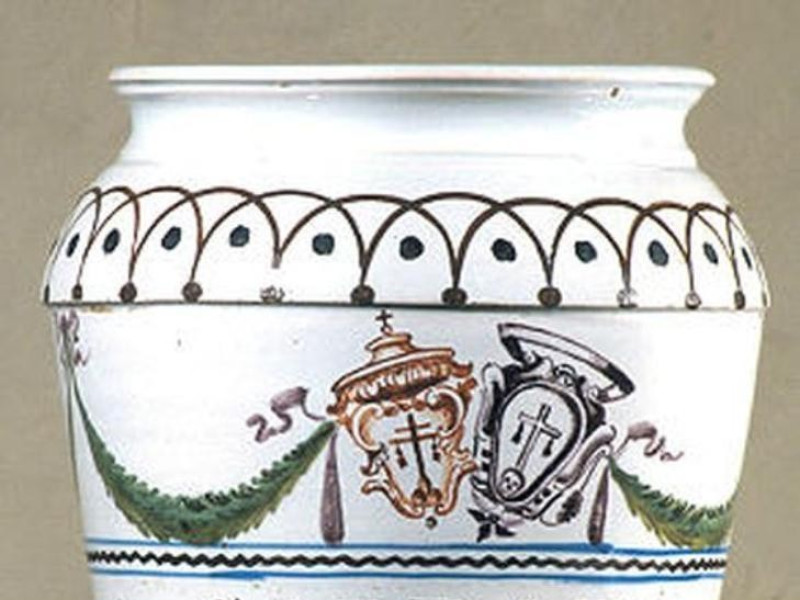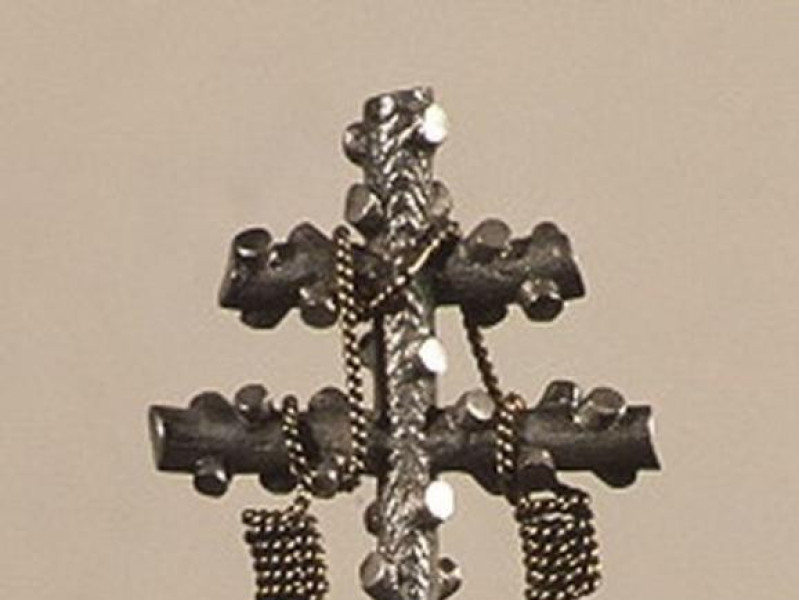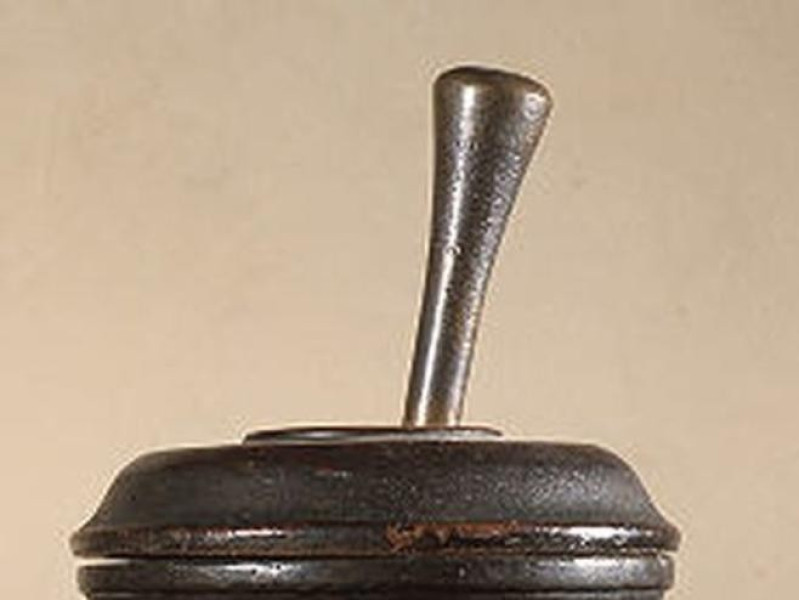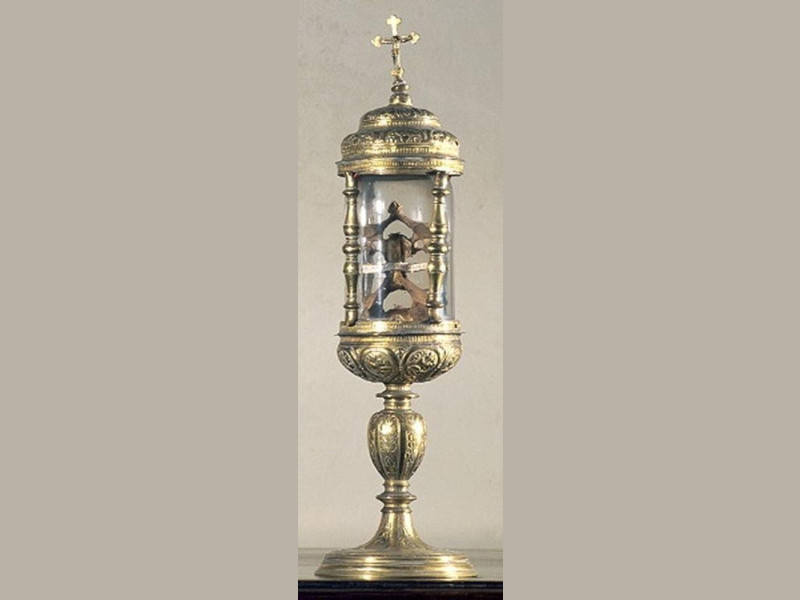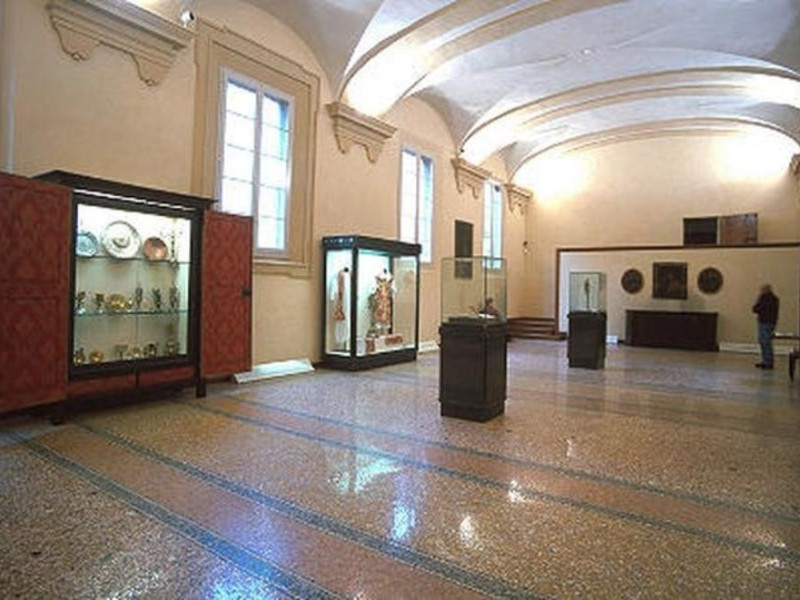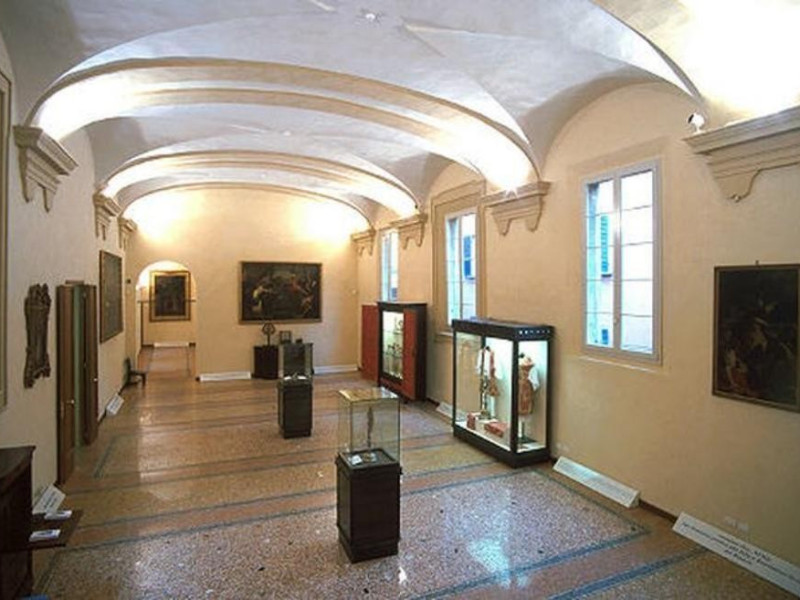Museo della sanità e dell'assistenza
Inside the Sanctuary of Santa Maria della Vita, the environments that once belonged to the ancient Hospital (1260-1798) house the collection of devotional objects related to the history of the Brotherhood of Flagellants of S. Maria della Vita, founders of complex and the first care facility in the city, as well as original nucleus of the Ospedale Maggiore. The museum aims to trace the history of health and welfare in the city of Bologna. For this purpose shall be collected, along with paintings, vestments and sacred vessels belonging to the Brotherhood, scientific materials coming from the Hospital Pharmacy of Life, as the albarelli and medical instruments; also to report a balance settecentesca.Il museum was opened in 1999 at the end dell'impegnativa restoration work which involved the complex of Santa Maria della Vita, one of the most important monuments of the Baroque Bolognese. Laid out like a big baroque sacristy occupies environments that hosted the ancient Hospital of the Beaten or of Life. The exhibition spaces are mainly concentrated in two rooms: the first unfold the paintings, in which stand the two works by Gaetano Gandolfi, liturgical furnishings and vestments of eighteenth-century related to the history of the Shrine, the famous portrait of Louis XIV, King of France, miniature created by Jean Petitot (1607-1691). The second room contains 150 apothecary jars (not all shown) from the old Hospital Pharmacy of Life. Adjacent to the complex is the church of the same name, an elliptical building designed by Berger (1692), with a copper dome designed by Antonio Bibienas, in which is placed the Lamentation of the Dead Christ in the Ark Nicholas (built in 1463) consists of seven terracotta statues. Also following the restoration work, it was also open to the public the Oratory of the Beaten with unique access from the museum which is an integral part. Its origin dates back to the fifteenth century, but the present form, rectangular in shape, it is the beginning of the seventeenth century. Among the works that decorate the walls and the ceiling are the altarpiece of Nosadella (1500-1571); four stucco statues of the patron saints of the city, two of which are performed by Alessandro Algardi (1598-1654); paintings with scenes from the life of the foundation and the hospital, including those of Cavedoni (1577-1662), the Menghino Brizio, Calvaert; The Death of the Virgin (1519-1522) Alfonso Lombardi.
